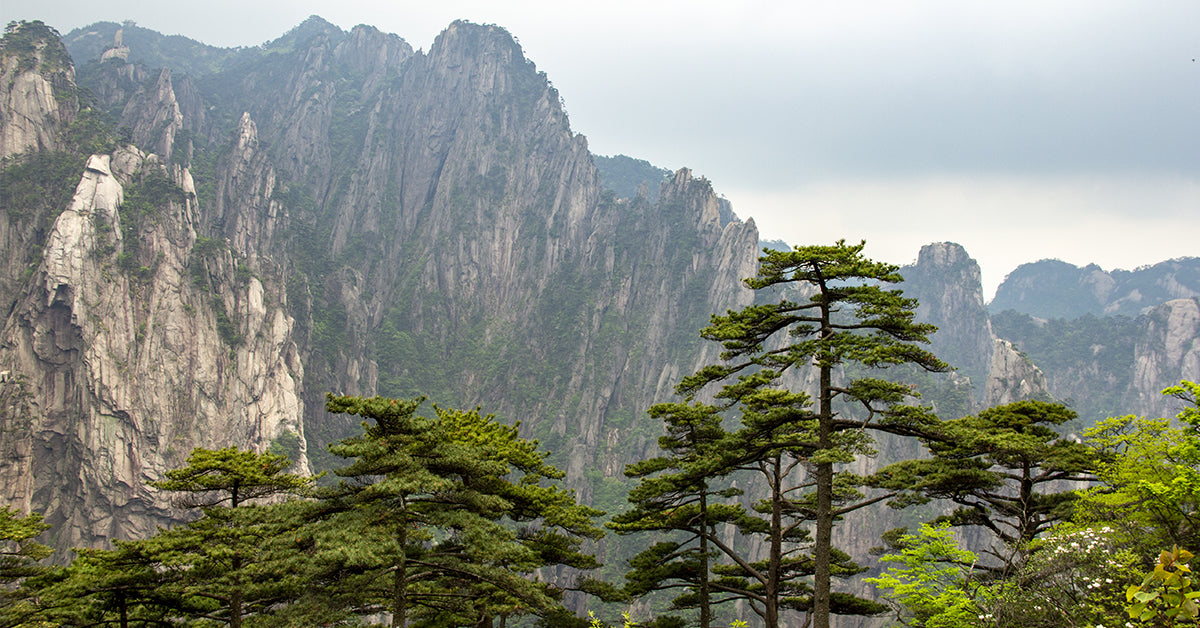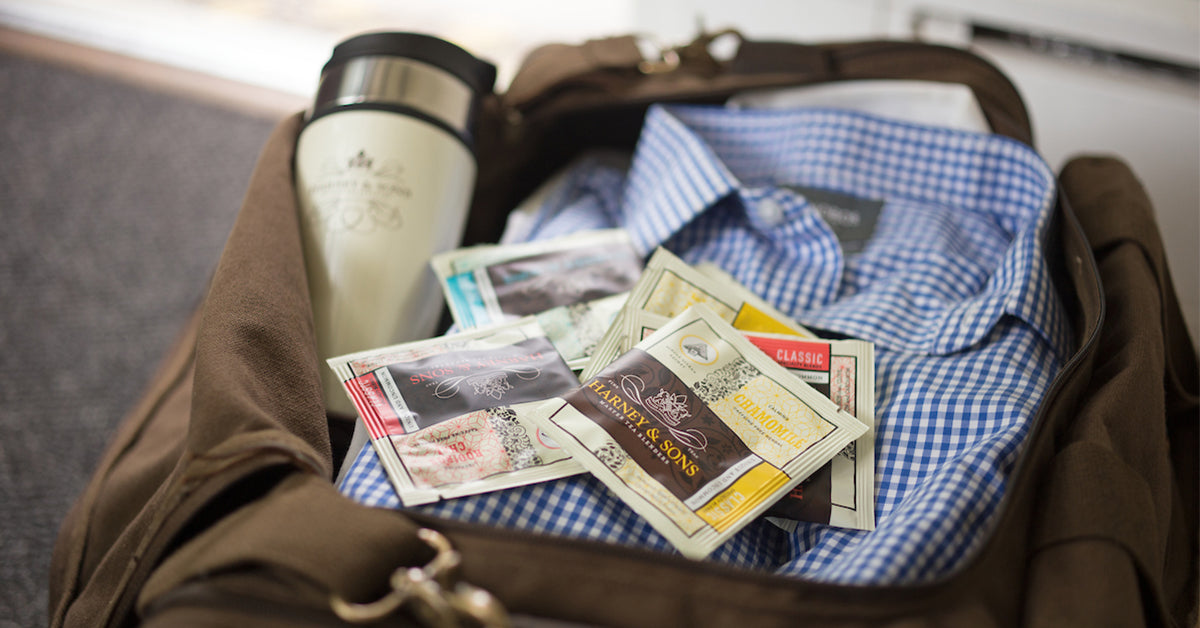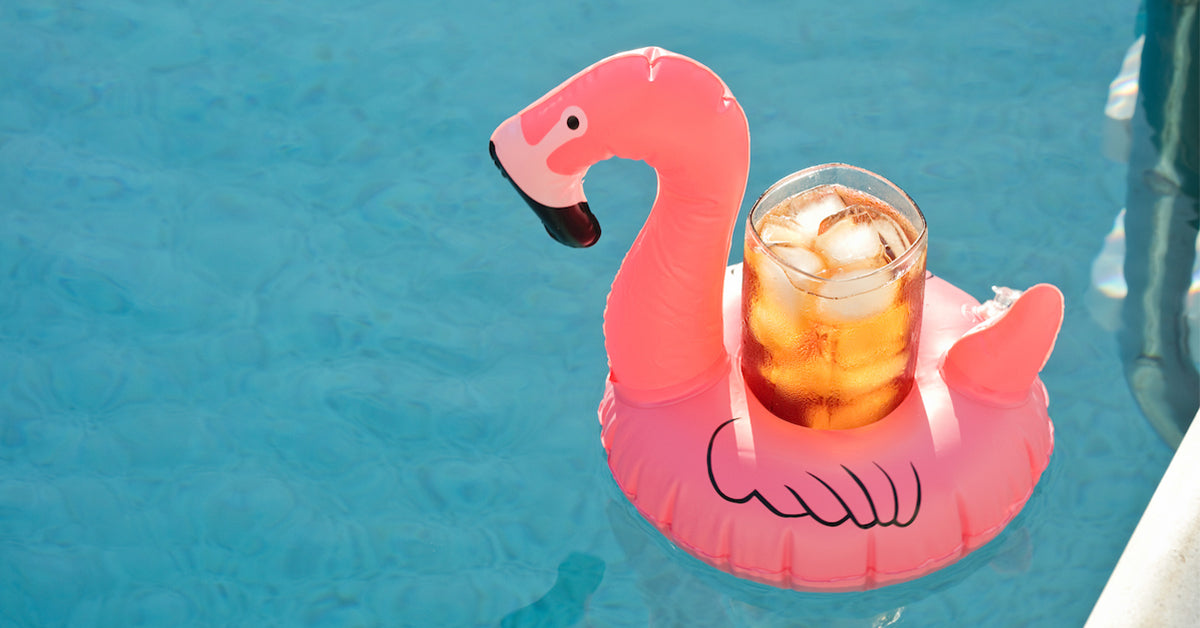Welcome to Anhui Province, located in east China. We were very impressed when we visited a few years ago. While it may not be the biggest or the wealthiest province in China, it is home to seriously world-class scenery and world-renowned tea. This landlocked province has a population of over 63 million, making it the 8th most populous province in China. Its capital is Hefei, and Anhui is one of the most popular tourist attractions in China, primarily because of the Huangshan mountains.
Mike briefly visited it on his first trip to China in 1996. His memory of it seems to be as foggy as the tea fields of Anhui. And then Brigitte joined him on a trip in 2007. They toured the Keemun hills. On their last trip in 2016, they went up to the Hou Gang village on the shores of Taiping Lake to see the wonderful way Taiping Houkui is made. And then they squeezed in a quick side trip to a resort high in the Huangshan Mountains.

Image: Mike & Brigitte Harney in Huangshan
Huangshan (“Yellow Mountain”)
This mountain range in southern Anhui is known around the world for its steep, rocky granite peaks, Huangshan pine trees, spectacular sunsets, hot springs, and the swirling mist of clouds produced by the moist environment known as the Sea of Clouds. The mountain range has been depicted many times in Chinese paintings and literature, and it has been extensively photographed. It is even said to have been director James Cameron’s inspiration for the Hallelujah Mountains in the 2009 movie Avatar, and is a UNESCO World Heritage Site.
The Huangshan pine trees are symbols of strength due not only to their size and interesting shapes but because they grow out of the rocks. It’s not unusual for many of these pine trees to be well over 100 years old, and some of the more notable ones have been given names, like Ying Ke (“Welcoming Guest”) Pine, which is thought to be over 1500 years old.

No trip to the Huangshan mountains is said to be complete without watching the sunrise. A phenomenon known as “Buddha’s Light” occurs monthly and is said to be worth the effort. In addition, the hot springs in the area are not only delightful but their high concentration of carbonates is said to have health benefits.
While all of this is reason enough to be impressed by Anhui, we’re here to talk about their teas, the best of which are grown in the Huangshan region. Anhui’s teas are also every bit as impressive as where they are grown.
Keemun Teas
Keemuns are some of China’s oldest and possibly most famous black teas. The name is an older Western spelling of the town now known as Qimen (pronounced “Chee-men”). The tea grows near the town, in a region between the Yellow Mountains and the Yangtze River. With an annual mean temperature of about 60° F and an annual rainfall of almost 67 inches, the region is perfect for growing tea. The rolling flats can get quite steep, while the little hills are stumpy compared with the dramatic peaks of Darjeeling and a far cry from the terraced hills of Wuyi, where Lapsang Souchong comes from. Keemuns have a captivating quality that evokes unsweetened cocoa but without the bitterness.

Keemun teas are produced from eight different types of tea bushes. The best Keemun teas are harvested in the spring. These elegant teas can range from very dark black to black that is tinged with a soft, matte gray.
While Anhui is famous for its Keemun black teas, they also produce wonderful green teas, including the special Taiping Houkui -- the big leaves are spread onto gauze and compressed, unlike the processing of any other green tea. We invite you to try some of the wonderful teas from Anhui that we carry:
- Keemun Hao Ya A. Hao Ya 'A' is the most intense Keemun black tea, loaded with light chocolate and toasty flavors. The city of Keemun was a highlight of my trip to China a few years ago when I traveled there for the start of the Hao Ya 'A' season. Keemuns are considered some of the best black teas in China.
- Keemun Hao Ya B. When Hao Ya teas are made, the best tips become Hao Ya A and the next best tips become Hao Ya B. This tea is made in late spring and offers great taste and value. It is less intense than Hao Ya 'A' and has warm toasty notes with hints of chocolate.
- Keemun Snail. For some of our longtime customers, you may remember Golden Snail, a tea that drove us crazy with its fantastic body and flavors. We are constantly searching for something that reminds us of that cup, and this tea does a good job of doing just that! While it has a smoother and darker cup than most of our other Keemuns, it does have that distinctive Keemun flavor.
- Songluo Full. I found this tea in Las Vegas (known for its tea production) at the World Tea Expo. It is made near Keemun, so it shares many of the similar flavors. However, they handle the leaves a bit differently, and the tea is rolled into little curls that are quite shiny. Songluo Mountain is located between Qimen (aka Keemun) and the city of Huangshan in southern Anhui Province. They make sure that the oxidation is slow and controlled so that the lovely flavors develop over the hours. To get the shiny curls, high temperatures are required during the firing, yet they avoid any burnt or smoky flavors.
- Songluo Broken. While this tea is the same variety as Songluo Full, when the tea is rolled, however, some of the tea leaves are broken and cannot be sold as the more expensive Songluo curls. So their problem is your opportunity. It has many of the great flavors of its full-leaved tea, but with more body and for less money.
- English Breakfast. Here’s something you probably didn’t know: our English Breakfast tea is made with 100% Keemun black tea, just like the English drank back in the 1800s.
- Taiping Houkui. A hand-rolled style of one of China’s best green teas. When we visited the lakeside village that makes this special tea, it was great to see the ladies hand roll the large leaves, and then they flattened out in a press. Most Taiping Houkui is now made by machine, so it is a nice find to have this hand-rolled traditional green tea.

















1 comment
Mary Alice Meeks
I have also climbed that mountain with a student of mine studying at SIAS International University in Henan Province, Xin Zheng City on,
Renmin Lu. ( a southern suburb of the capital city of Zhengzhou).
Mary Alice Meeks
Oldest sister of the late Bobby Day.
I have also climbed that mountain with a student of mine studying at SIAS International University in Henan Province, Xin Zheng City on,
Renmin Lu. ( a southern suburb of the capital city of Zhengzhou).
Mary Alice Meeks
Oldest sister of the late Bobby Day.